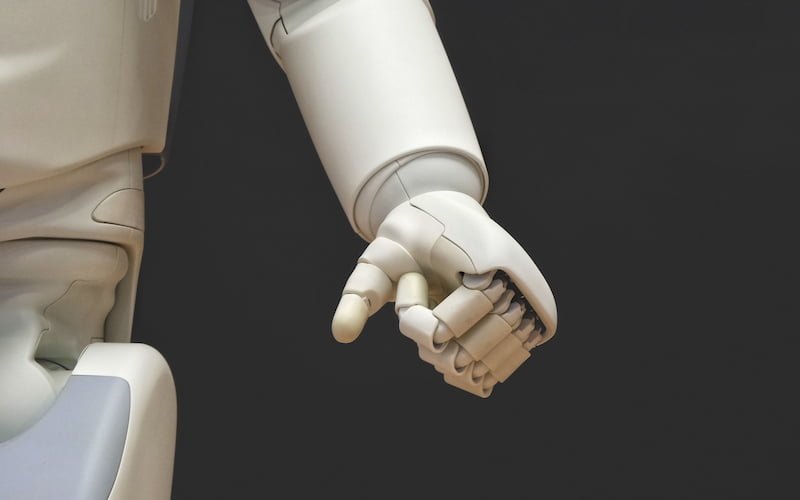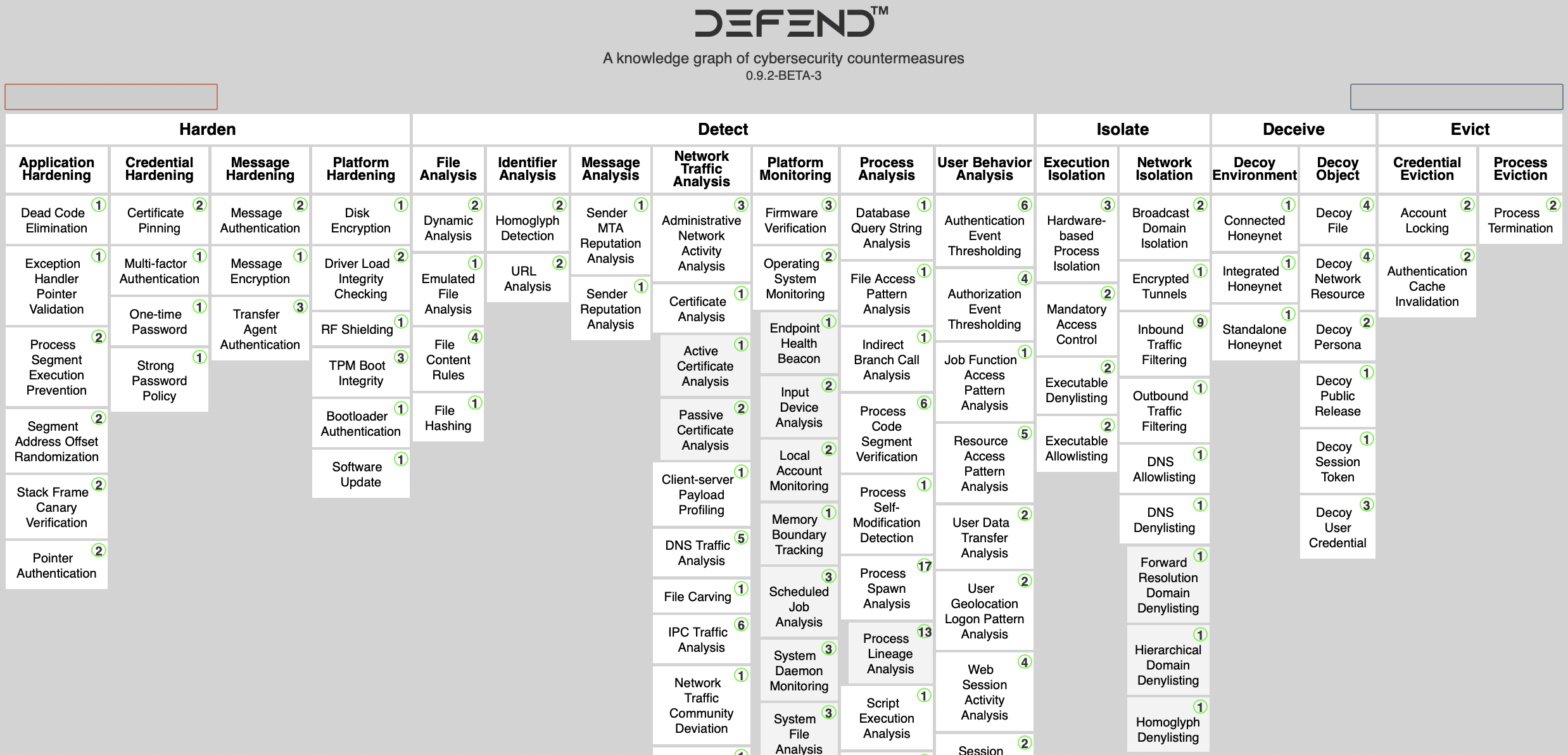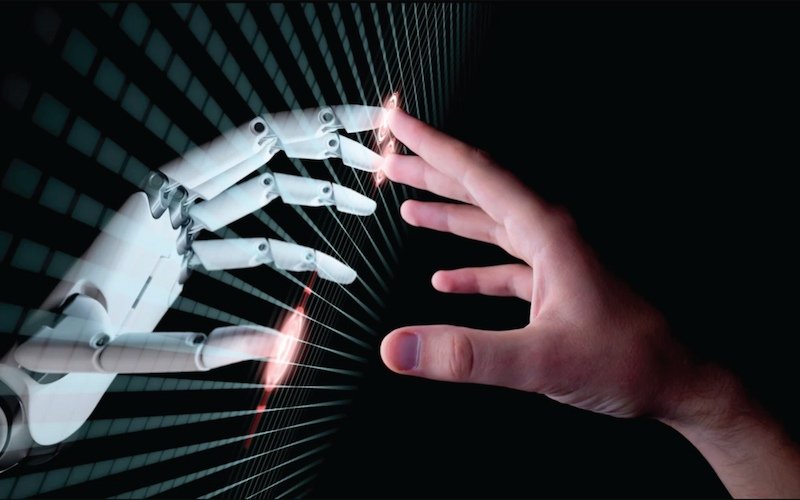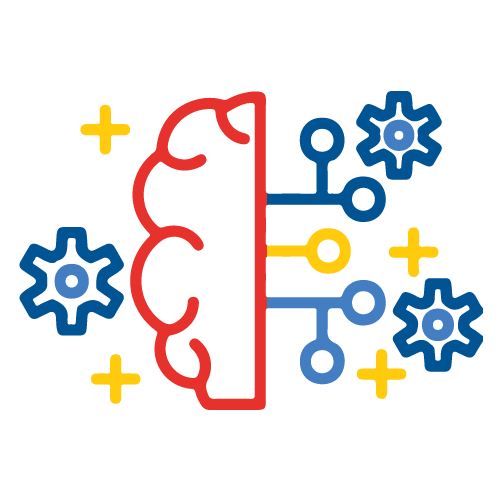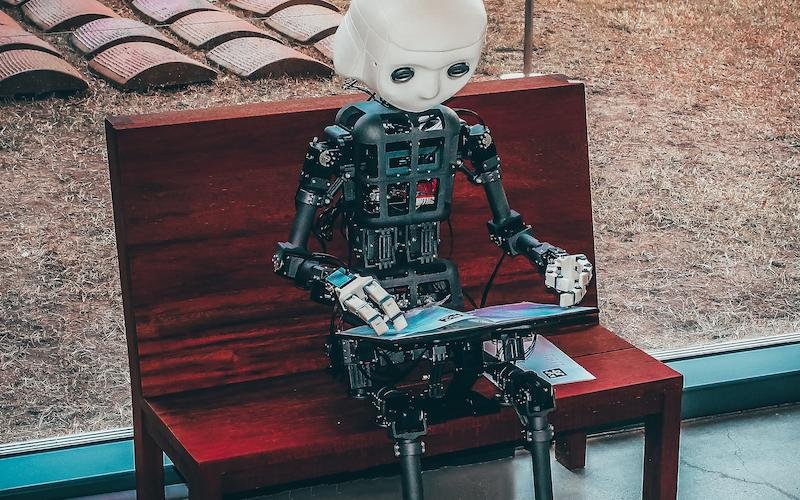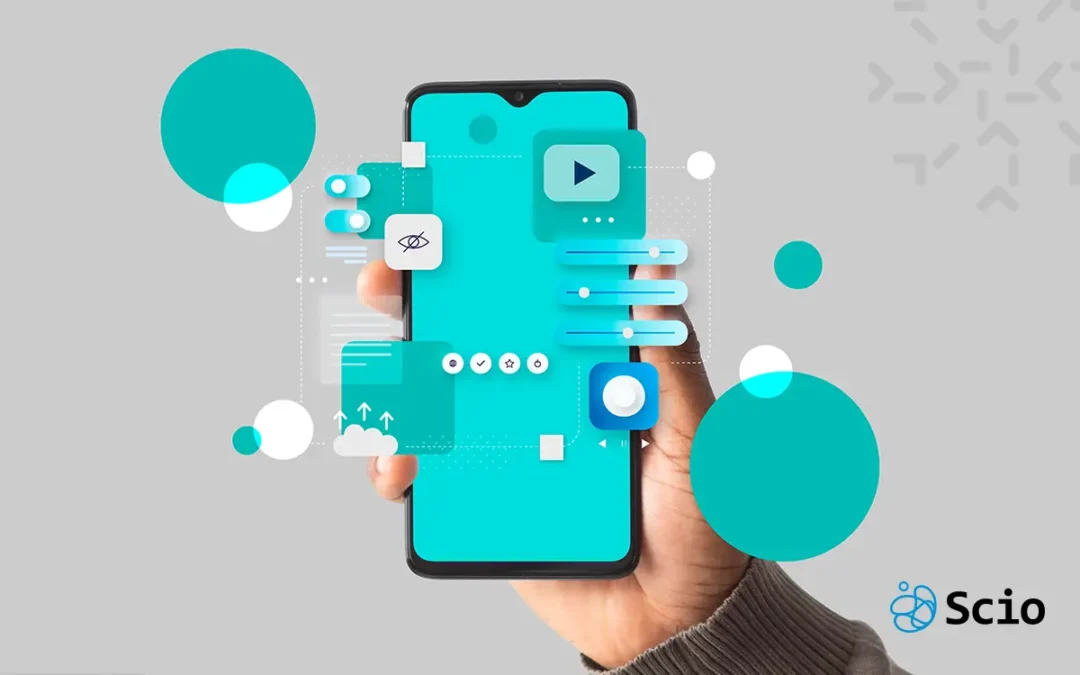
UX Considerations That Can Make or Break Your Software Product
Written by: Denisse Morelos
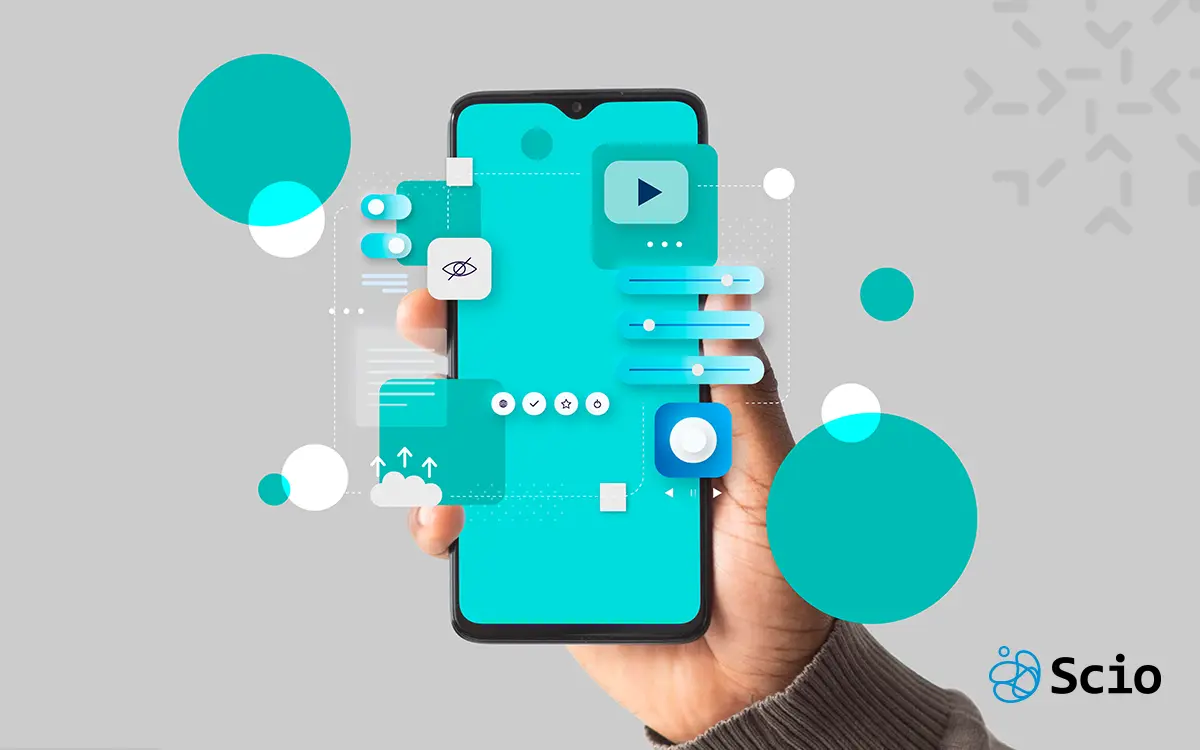
When we talk about software success, we often jump straight to features, tech stacks, or timelines. But there’s one critical element that often gets underestimated: UX considerations.
In fact, we’ve already explored some of the most impactful UX considerations for software applications in a recent blog—if you’re looking to go deeper on this topic, it’s a solid place to start.
At Scio, we’ve seen firsthand how thoughtful UX can turn a decent product into a loved one—and how ignoring it can sink even the most technically sound solution. Let’s break down what smart UX choices really look like, and why they’re essential for any software team building with users in mind.
What Do We Mean by «UX Considerations»?
UX (User Experience) considerations are the decisions, practices, and priorities that shape how people interact with your product. They influence:
- How intuitive your interface feels
- How fast users reach their goals
- How much friction they face doing everyday tasks
- Whether they come back… or bounce
These choices go beyond aesthetics. They’re about reducing cognitive load, anticipating needs, and aligning the product flow with real human behavior.

Why UX Considerations Matter Early in Development
It’s cheaper and faster to fix UX issues early than after launch. A button in the wrong place or a confusing onboarding flow can lead to user frustration—and churn. By integrating UX thinking from the first sprint, you avoid costly redesigns and create a smoother dev cycle.
At Scio, we integrate UX validation into our agile processes from day one. Our design and engineering teams collaborate closely, so decisions are based on both usability and technical feasibility.
Key UX Considerations Every Team Should Prioritize
- User Research Before Building: Don’t guess what users want—ask them. Real interviews and data should guide your product strategy.
- Clear Information Architecture: Users should always know where they are, what they can do, and how to get back.
- Consistent Design Language: Colors, fonts, buttons—consistency builds trust and reduces confusion.
- Performance and Responsiveness: A beautiful UI is meaningless if it lags. Fast-loading, responsive apps aren’t a bonus—they’re expected.
- Accessibility and Inclusion: Design for everyone. Accessible products expand your reach and improve usability for all.
- Context-Aware Design: Consider where and how your product is used. Mobile vs desktop? Online vs offline? Adapt accordingly.
UX Considerations in Nearshore Teams: Why They Matter
Working with a nearshore partner like Scio means your UX isn’t an afterthought. Our cultural alignment, time zone proximity, and collaborative workflows allow for real-time feedback loops that improve usability at every stage.
We don’t just build software—we build software people want to use.

Want to Dive Deeper into UX Design?
If you’re exploring how to improve UX in your software development process, we’ve broken it down even further in this article:
👉 5 Key Considerations in UX Design for Software Applications
It covers everything from user research to error prevention and interaction design, with practical insights that can guide both product managers and engineering leads looking to create smoother user journeys.
By combining both strategic and tactical UX considerations, you’ll be in a better position to build software that doesn’t just work—but works beautifully.












